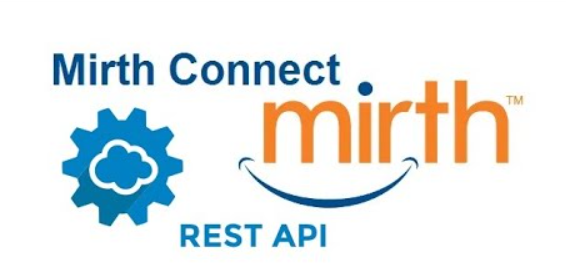
Introduction
Mirth Connect is a popular open-source integration engine used to connect various healthcare systems and technologies. It offers a wide range of tools and features to facilitate the exchange of data between systems, including the ability to set parameters in RESTful APIs. In this blog post, we’ll explore how to set parameters in a RESTful API using Mirth Connect.
What are the Parameters?
Parameters are variables that allow data to be passed to a RESTful API endpoint. These parameters are used to customize the request and provide additional information to the server. In a RESTful API, parameters are typically included in the URL query string or the request body. They can be used to filter data, specify sorting orders, or set limits on the number of results returned.
Setting Parameters in a REST API using Mirth Connect
To set parameters in a RESTful API using Mirth Connect, you need to follow these steps:
Step 1: Create a new channel in Mirth Connect
To get started, you need to create a new channel in Mirth Connect. This channel will be responsible for sending and receiving data between systems. To create a new channel, click on the “Channels” tab and then click on the “Create New Channel” button.
Step 2: Configure the HTTP Listener source connector
In the new channel, you need to configure the HTTP Listener source connector. This connector will receive incoming requests from other systems. To configure the HTTP Listener source connector, click on the “Source” tab and then click on the “Edit” button next to the connector.
Step 3: Set the endpoint URL and add parameters
In the HTTP Listener source connector settings, you need to set the endpoint URL and add parameters. The endpoint URL is the URL where your API can be accessed. To add parameters, you can use the URL query string. For example, if you want to set the “name” parameter to “John”, you can add “?name=John” to the URL. You can add multiple parameters by separating them with an ampersand (&) symbol.
Step 4: Configure the destination connector
After configuring the HTTP Listener source connector, you need to configure the destination connector. This connector will send data to the target system. To configure the destination connector, click on the “Destination” tab and then click on the “Edit” button next to the connector.
Step 5: Map the incoming parameters to the outgoing message
In the destination connector settings, you need to map the incoming parameters to the outgoing message. This will ensure that the target system receives the parameters correctly. To map parameters, you can use the Mirth Connect mapper tool. Simply drag and drop the incoming parameter to the appropriate field in the outgoing message.
Conclusion
Mirth Connect offers a powerful and flexible system for setting parameters in RESTful APIs. By following the steps outlined in this blog post, you can easily configure an HTTP Listener source connector and a destination connector to set parameters and exchange data between systems. With Mirth Connect, you can build robust and efficient healthcare integration systems that meet the needs of modern healthcare environments.
